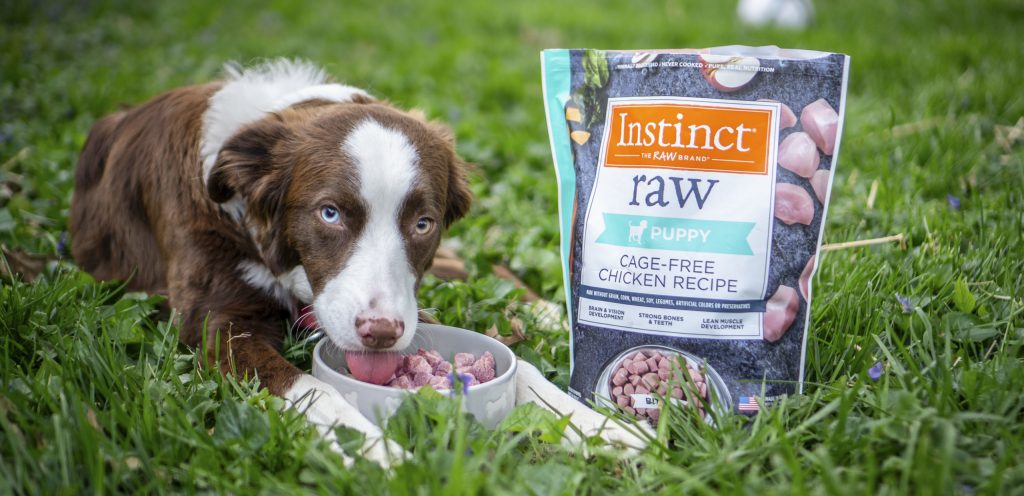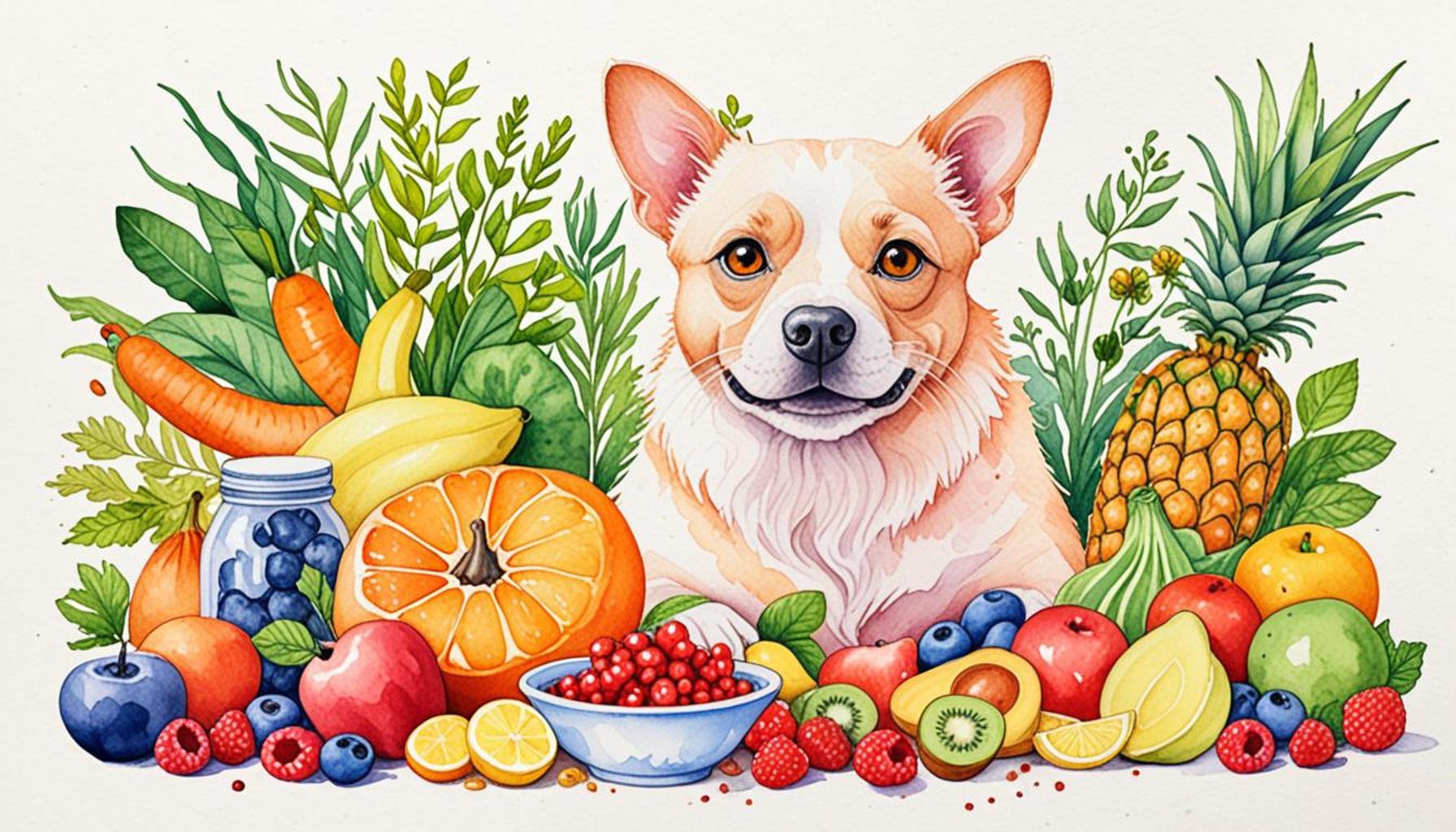Special Diets for Animals with Food Allergies: What to Know

The Impact of Food Allergies on Your Pets
Food allergies in pets can range from mild irritations to severe health complications, causing distress not only for the pet but also for the pet owner. Approximately 10% of pets in the United States are believed to be affected by some form of food allergy. This statistic highlights a growing concern for pet owners, who must navigate the complexities of diet management for the sake of their animals’ health. Understanding the nature, symptoms, and management of these allergies can significantly improve your furry friends’ quality of life.
Common Symptoms of Food Allergies
Being able to identify the signs of food allergies is critical for early intervention and effective management. Common symptoms to watch for include:
- Itching and scratching – This symptom can often result in skin infections. Pets may constantly lick or chew their paws, leading to inflamed skin or hot spots, which can be quite painful.
- Digestive problems – Pets suffering from food allergies might experience various gastrointestinal issues, including vomiting, diarrhea, or even excessive gas. These signs can sometimes lead to dehydration if not addressed promptly.
- Ear infections – Frequent ear infections are often an indication of underlying allergies. If you notice your pet shaking its head or scratching at its ears, it might signal a food allergy or another type of allergic reaction.
Identifying Allergens
Once symptoms are recognized, the next crucial step is pinpointing the ingredients responsible for the allergic reactions. Some of the most common allergens in pet food include:
- Beef – One of the top protein sources in many pet foods, this ingredient can trigger allergic reactions in sensitive pets.
- Dairy – Although some pets can tolerate small amounts, many dogs and cats lack the enzymes necessary to digest dairy properly, leading to digestive upset.
- Chicken – Frequently used in pet food formulations, chicken can also be a common allergen, particularly for pets with protein sensitivities.
- Wheat – A filler ingredient in many commercial pet foods, wheat can cause gastrointestinal issues and skin irritations in allergic pets.
Creating a custom diet that caters specifically to your pet’s dietary restrictions is essential for managing food allergies effectively. It is always advisable to consult with a veterinarian who can provide insights and recommend suitable food options tailored to your pet’s unique needs. This holistic approach helps not only in managing symptoms but can also lead to happier, healthier pets. The right dietary adjustments can dramatically improve your pet’s overall well-being, ensuring that they live a joyful and fulfilling life alongside you.
DIVE DEEPER: Click here to learn more about proper nutrition for your pet

Creating an Effective Diet Plan for Allergic Pets
Effective management of food allergies in pets often necessitates a carefully tailored diet, specially designed to eliminate allergens while meeting nutritional needs. Transitioning your pet to a special diet can not only alleviate symptoms but also provide a better quality of life overall. Proper understanding of the dietary options available can empower pet owners to make informed choices.
Types of Special Diets
When considering dietary adjustments, there are several types of special diets that can be beneficial for pets with food allergies. These include:
- Limited Ingredient Diets (LIDs) – These diets focus on a minimal number of ingredients, helping to reduce the risk of allergens. By using non-traditional protein sources, such as lamb or venison, pet owners can create a diet that minimizes exposure to common allergens.
- Hydrolyzed Protein Diets – In these diets, proteins are broken down into smaller components that are less likely to provoke an allergic response. These formulas are often available through veterinarians and can be particularly effective for pets with severe allergies.
- Grain-Free Diets – For many pets, grains such as wheat, corn, and soy can trigger allergic reactions. Grain-free diets substitute these fillers with alternatives like sweet potatoes or peas, offering a carb source that is less likely to cause problems.
- Homemade Diets – Preparing meals at home allows pet owners complete control over their pet’s ingredients. While this option requires careful planning to ensure the meals are nutritionally balanced, it eliminates exposure to potential allergens found in commercial foods.
Consultation and Testing
Before making any drastic changes to your pet’s diet, it is crucial to consult with a qualified veterinarian who can guide you through the process of identifying potential allergens. Elimination diets are a common method used to pinpoint food sensitivities, where specific proteins and carbohydrates are removed from the pet’s diet for a designated period. During this time, any symptoms should be monitored to determine if they improve, indicating the likelihood of an allergy to the previously consumed ingredients.
Additionally, once the allergens are identified, a vet can not only recommend the proper diet but also suggest supplements or other interventions necessary for your pet’s optimal health. Regular follow-ups can be vital to ensuring that the chosen diet continues to meet your pet’s nutritional requirements and to adjust as necessary.
In summary, the journey to managing food allergies begins with understanding your pet’s specific needs and dietary limitations. Through deliberate choice of an appropriate diet and close consultation with veterinary professionals, you can create a foundation for your pet’s healthier future, free from allergies and discomfort.
| Category | Details |
|---|---|
| Elimination Diets | This method involves removing potential allergens from your pet’s diet to pinpoint triggers. |
| Hypoallergenic Formulas | Designed to reduce the risk of allergic reactions, these diets use limited ingredients or hydrolyzed proteins. |
Understanding special diets for animals with food allergies is vital for their health and wellbeing. Elimination diets are a popular choice, where owners gradually remove specific food items for several weeks, monitoring for changes in symptoms. Furthermore, employing hypoallergenic formulas can provide a safe alternative, as these diets are crafted to minimize allergens, ensuring your pet gets the nutrients they require without triggering reactions. Each approach is unique and requires careful consideration and consultation with a veterinarian to ensure optimal health outcomes for your pets. This is an evolving field where constant research sheds light on better dietary practices for our furry friends. Exploring these specialized diets can lead to improved quality of life for animals suffering from food allergies.
DIVE DEEPER: Click here to learn more
Practical Considerations for Implementing Special Diets
When it comes to successfully implementing a special diet for pets with food allergies, a few practical considerations can facilitate a smoother transition and enhance the effectiveness of the dietary changes. These factors can provide pet owners with a framework to ensure the chosen diet is not only beneficial but sustainable in the long run.
Monitoring and Trial Periods
One of the most important aspects of adopting a special diet is the necessity of consistent monitoring. It’s essential for pet owners to document their pets’ responses to new dietary changes meticulously. This can involve keeping a food diary that records the ingredients given, any symptoms exhibited, and their intensity over time. Continuous evaluation allows for timely adjustments and fosters a more tailored dietary approach.
After introducing a new diet, it’s recommended to observe your pet for a period of eight to twelve weeks. If symptoms improve or resolve during this trial period, it signifies that the diet may be effective. However, if the symptoms persist, it may signal the need for a further review of the diet or a return to the veterinarian for additional testing.
Ingredient Awareness and Label Reading
Wildly marketed as “natural” or “premium,” commercial pet foods can often contain hidden allergens. Pet owners must become adept at reading labels and understanding ingredient lists. Ingredients are listed in order of quantity, which serves as a guideline to determine what is predominantly included in the product. By-products or unnamed animal sources can lead to unintentional exposure to allergens. Familiarity with common allergens—such as wheat, beef, chicken, dairy, fish, and soy—can aid in making wiser dietary choices.
It’s also important to be cautious with treats, as many contain fillers or preservatives that could trigger allergies. Opting for hypoallergenic treats or those made with safe, limited ingredients can provide a way to reward pets without compromising their health.
Exploring Supplement Options
In some cases, pets with food allergies may benefit from specific dietary supplements that promote skin health and overall wellbeing. Omega fatty acids, for example, can assist in reducing inflammation and improving coat condition. Moreover, probiotics may enhance gut health, which is often affected by food allergies. Consultation with a veterinarian before adding supplements is crucial to ensure that they align with the pet’s specific dietary restrictions.
Emotional Well-Being and Adjustment
Changing a pet’s diet can sometimes affect their emotional well-being, particularly if they were previously accustomed to certain flavors or brands. During this period, it’s beneficial to maintain routine and offer reassurance through playtime or interactive activities. Gradually introducing the new diet may help as well; mix the new food with the old over a few days to allow your pet to adjust smoothly.
By prioritizing careful monitoring, understanding ingredient labels, exploring supplements, and supporting emotional health, pet owners can implement special diets that significantly improve their allergic pets’ quality of life. Each step taken toward recognizing and managing food allergies is a stride toward a happier, healthier pet.
DIVE DEEPER: Click here to discover innovative techniques
Final Thoughts on Special Diets for Animals with Food Allergies
In conclusion, special diets for animals with food allergies are not just a necessity but a vital component of a comprehensive health strategy. As pet owners become increasingly aware of the impact of food allergies on their furry companions, it is crucial to approach dietary changes with diligence and care. By implementing a system of consistent monitoring and maintaining an open line of communication with veterinarians, pet owners can significantly enhance their pets’ quality of life.
Understanding the intricacies of ingredient labeling empowers pet owners to make informed choices, avoiding hidden allergens that could trigger adverse reactions. Additionally, exploring dietary supplements and maintaining emotional well-being through gradual dietary transitions can lead to smoother adjustments for pets. It’s important to remember that each pet is unique, and what works for one may not be appropriate for another. This is why ongoing observation, tailored approaches, and professional guidance are imperative.
The journey towards identifying and addressing food allergies is ongoing, requiring patience and commitment. However, the benefits—including enhanced health, vitality, and comfort—far outweigh the challenges. As pet owners navigate the complex world of food allergies, their determination not only fosters a supportive environment for their pets but also cultivates deeper bonds of trust and companionship.
Ultimately, by embracing these fundamental considerations and prioritizing your pet’s health, you’re investing in their happiness for years to come. Further research into special diets and close collaboration with veterinary professionals can pave the way for a healthier, allergy-free life for your beloved animals.


